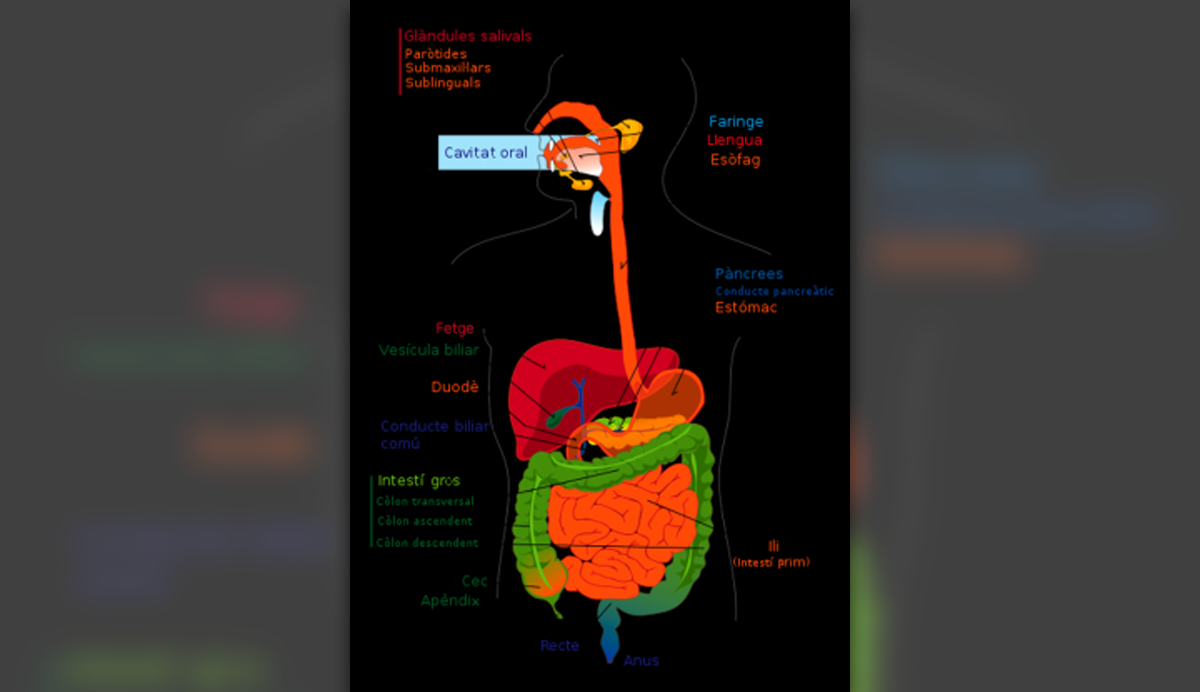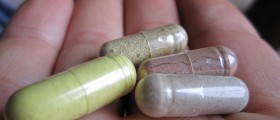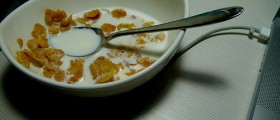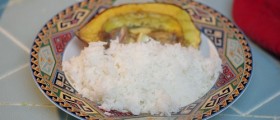
Role ofthe digestive tract
Obviously,the role of this system is to digest food. Food firstly needs to betransformed in a shape that is more suitable for digestion. It shouldbe turned into a pulp. This process begins by chewing, which turnslumps of more or less soft food into bits of soft, crushed material.Chemical digestion of the food begins already in the mouth, as salivacontains enzymes that can digest starch.
Chew a bite of bread longenough and it will become sweet – starch in the bread has beenbroken down into molecules of glucose, which are responsible for thesweet taste. When chewed and soaked with saliva, the bite isswallowed. It travels down the esophagus and into the stomach, whereit will be drenched in a powerful acid. Acid bath will reduceconsumed food to a pulp.
Once ready for further processing, the foodmoves on into the intestines. Acid from the stomach is neutralized,and various enzymes begin to break down ingredients of food intomolecules, which are suitable for resorption and further use in theorganism. Excess food or that what could not be digested is expelledby defecation.
Fun factsabout the digestive tract
One of theroles of the mouth is to cool the food that is too hot or to heat thefood that is too cold, bringing it to level close to that of naturalbody temperature and making it more pleasant for the stomach.
Averagedaily production of the saliva is close to two liters.
Foodshould go in one direction, from entry point to the exit point, thatis, from the mouth to the rectum, much like various stuff goes downthe assembly line. This is helped by smooth muscles in the walls ofthe esophagus and the intestines, whose contractions push food in theright direction. Gravity helps, but it is not necessary. In example,you can swallow a bite even if you are turned upside down.
Stomach isbasically a muscular sack. Its role is to serve as a pool of acidbath for the food and to mix it by contractions in the process ofsoaking. It can expand to four times its deflated size averaging toone liter when full.
Smallintestine measures over 20 feet. Length is related to surface, asmore surface of the intestine walls means more place to absorb food.Inner walls of the small intestine are covered with villi,microscopic finger-like structures that protrude into the intestinecavity and increase the effective surface of the intestines by morethan 500 times.
Largeintestine is only a quarter of the small intestine's length. The“large” and “small” are related to circumference.
Largeintestine is not colon. Colon is the middle part of the largeintestine. The other two are the cecum and the rectum.

















Your thoughts on this
Loading...